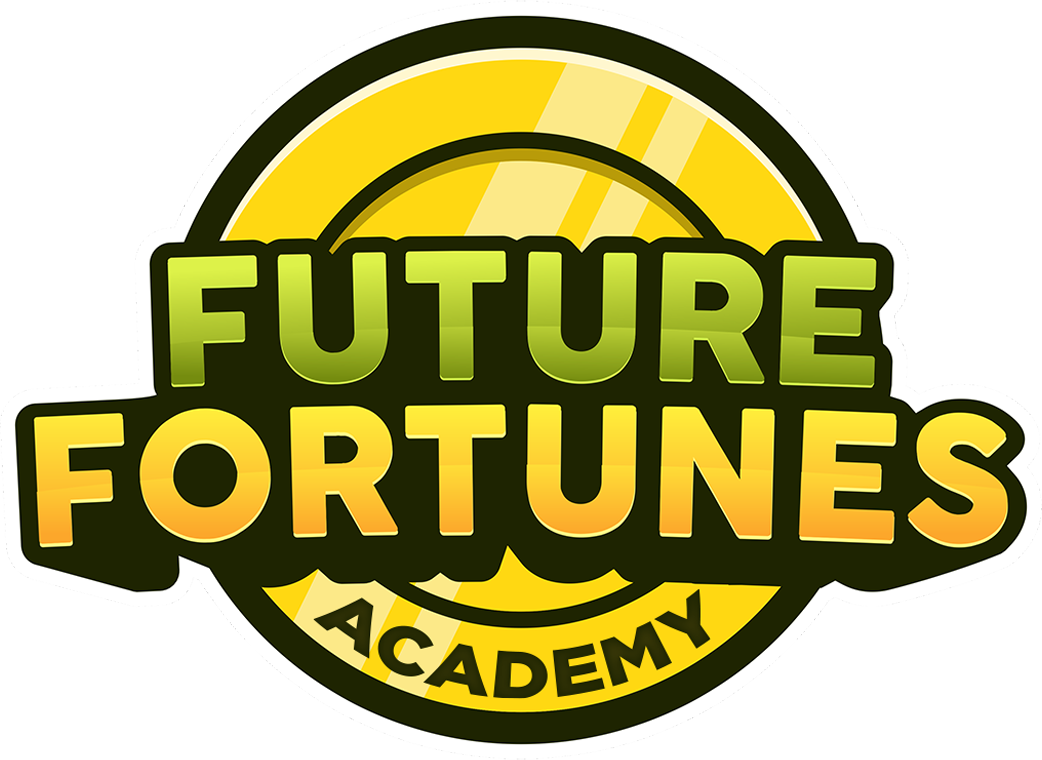Understanding the Cost Behind Community Services
Every day, we rely on community services that keep our towns safe, clean, and thriving. Fire trucks responding to emergencies, snowplows clearing icy roads, librarians leading story time, and garbage trucks collecting waste are just a few examples of services we often take for granted.
But here’s the important truth: none of these services are free. Each one requires people, equipment, and training - all of which are funded by taxes. Behind every service is a cost, and that cost is covered by the contributions we all make together.
Taxes in Action: Where the Money Goes
As adults, we know that taxes fund essential services, but we don’t always pause to explain this to children. Taxes cover:
-
Emergency responders like firefighters, police officers, and paramedics
-
Crossing guards and safe school zones
-
Road repairs and snow removal
-
Community nurses and healthcare support
-
Public libraries, parks, and recreational centers
-
Waste collection and recycling services
When kids understand how taxes work, they begin to see that paying taxes isn’t just about bills - it’s about building stronger communities.
Why These Conversations Matter for Kids
Children often view community services as automatic or even magical. Firefighters arrive when needed. Streets get salted in winter. Trash and recycling disappear from the curb.
But when parents explain that these services are made possible by taxes paid by community members, kids learn an important truth: money isn’t just for what we buy - it’s also for what we build together.
This understanding helps children connect money, work, and community responsibility. It also plants early seeds of financial literacy and civic awareness, showing kids that money has both personal and collective value.
Start Small: Everyday Conversations Spark Big Lessons
You don’t need a formal lesson to teach kids about taxes and community services. Everyday life offers plenty of opportunities to start simple conversations:
-
When a garbage truck passes: “We help pay for that service so our neighborhood stays clean.”
-
At the library: “This space is free to use because our town supports it with money from taxes.”
-
During a snowstorm: “Snowplows clear the streets because our community funds this service.”
These small, real-life examples help kids understand how taxes create benefits everyone can enjoy.
Teaching Kids the Values Behind Taxes
Explaining community services and taxes to kids isn’t just about money - it’s also about values. Taxes represent fairness, cooperation, and empathy. They show that when everyone contributes, everyone benefits.
By framing taxes in this way, parents can help children understand that being part of a community means working together, sharing responsibility, and caring about others.
Raising Financially Aware and Socially Responsible Kids
When parents talk to kids about how public services are funded, they’re doing more than explaining taxes - they’re raising financially aware citizens. Kids who learn this early grow up understanding both the personal side of money and the collective impact of shared contributions.
At Future Fortunes Academy, we believe financial literacy goes beyond saving and spending - it’s also about teaching kids the bigger picture of how money shapes communities. When kids connect money with responsibility, they gain skills that will serve them as future citizens, workers, and leaders.
Future Fortunes Academy Team


Share:
The Role of Parents in Teaching Kids About Money and Financial Literacy
How to Teach Kids About Budgeting When Fun Costs Too Much